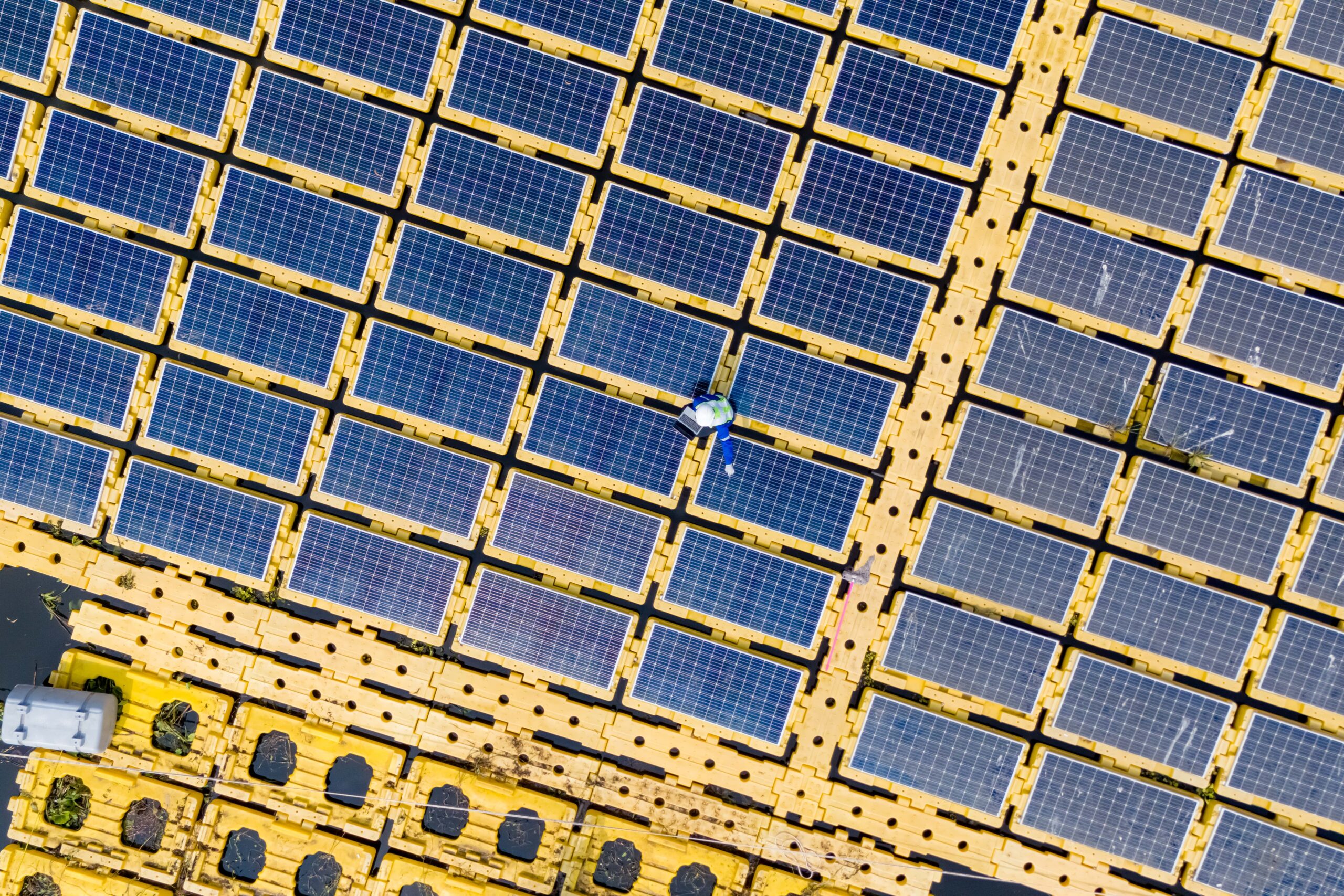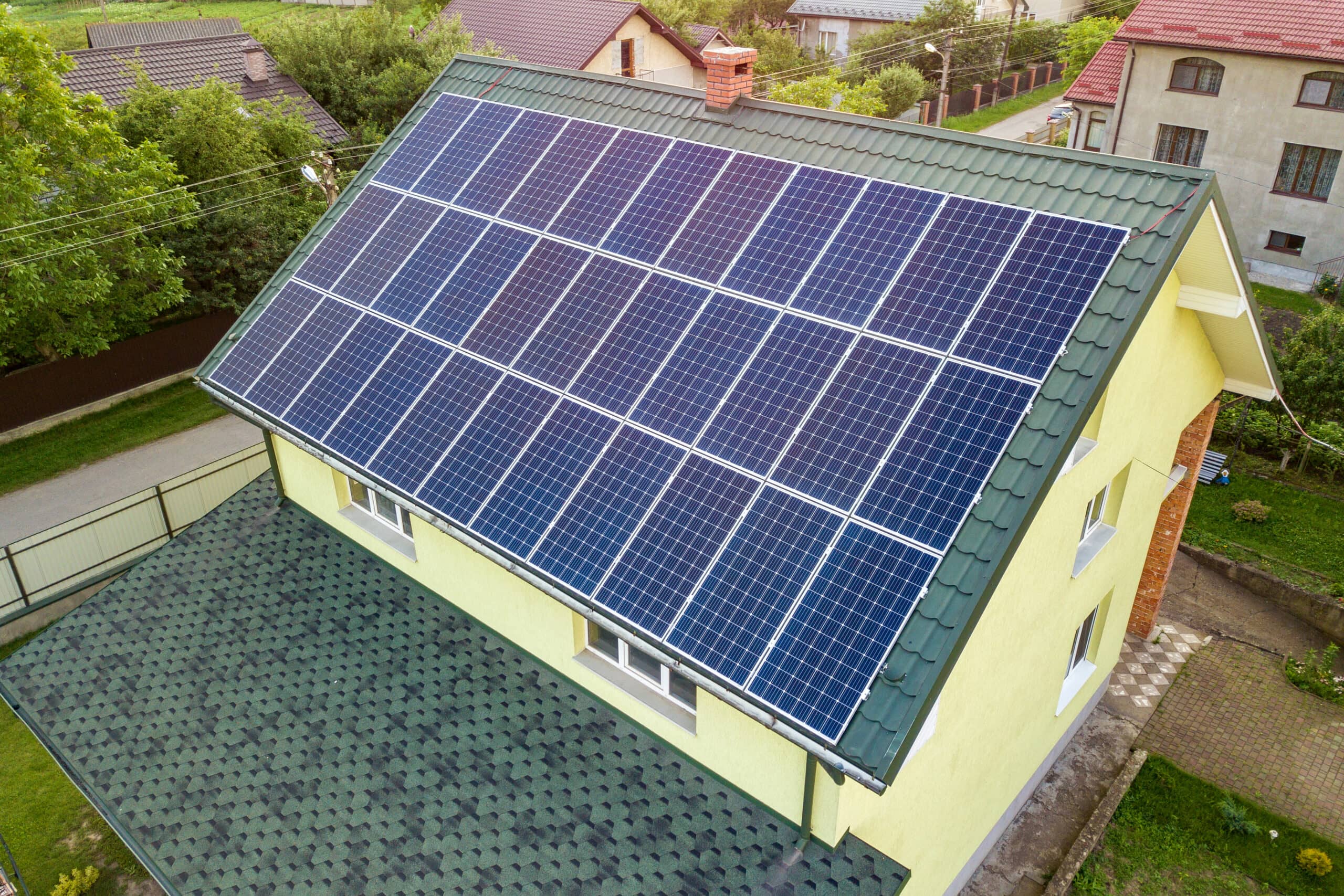Imagine waking up each morning to sunlight streaming through your window, knowing that this very light powers your home. It’s a world where the sun does more than just shine; it fuels your daily life, from lighting up rooms to keeping your devices running. This isn’t a futuristic fantasy. It’s the reality of solar energy, a clean and renewable resource that’s becoming an essential part of our lives. At the heart of this innovation is the solar cell, which captures the sun’s rays and transforms them into electricity. Let’s explore how these small but mighty devices are helping us harness the sun’s energy and move toward a brighter, more sustainable future.
Sunlight, the key ingredient in solar power, isn’t just a stream of light – it’s a powerhouse of energy particles called photons. These tiny packets come in different wavelengths, each carrying a specific amount of energy. Solar cells are designed to capture the energy from these photons and convert it into usable electricity.
This conversion happens due to the photovoltaic effect. Photovoltaic translates to “light-electric,” describing certain materials’ remarkable ability to absorb light energy and release electrons. When a photon strikes a solar cell, its energy can dislodge an electron from an atom within its material. These freed electrons are like tiny workers with a newfound sense of mobility. If the cell is designed correctly, these energetic electrons can be directed to flow through a circuit, creating an electric current (that’s the essence of how solar cells convert sunlight into electricity).
These cells are made from multiple layers, each with a specific job. We’ll now explore these layers and how they work together to harness the sun’s energy:
1. Anti-Reflective Coating: The first layer a photon encounters is a transparent anti-reflective coating. This ingenious layer acts like a tiny traffic light, allowing more photons to pass through and enter the cell instead of reflecting away.
2. Semiconductor Layers: The heart of the solar cell lies in the semiconductor layers. These layers are typically made from silicon, a material that conducts electricity under certain conditions. Doping, a specific process that introduces impurities, creates two distinct regions within the silicon:
- N-Type Layer: This layer has extra electrons due to the added impurities, making it negatively charged.
- P-Type Layer: Here, impurities create a scarcity of electrons, resulting in a positive charge. The interaction between these oppositely charged regions is critical to the photovoltaic effect.
3. Conductive Metal Contacts: Finally, a thin layer of metal contacts placed on the top and bottom of the cell acts as collectors for the generated electricity. The positive electrode sits on the p-type layer, while the negative electrode is on the n-type layer. These contacts allow the current to flow from the solar cell into a circuit for usable electricity.
Silicon is the most common material in solar cells due to its abundance, relatively low cost, and suitable electronic properties. However, research is ongoing to explore other materials that may offer even higher efficiencies or lower production costs. Some promising alternatives include thin-film solar cells made from materials like copper indium gallium selenide (CIGS) or cadmium telluride (CdTe).
Understanding the structure and materials within a solar cell gives us a deeper appreciation for the science that transforms sunlight into the clean energy that powers our lives.
The magic of converting sunlight into electricity happens at the atomic level within the solar cell.
Sunlight showers solar cells with photons tiny packets of energy. When a photon strikes the cell’s semiconductor material, typically silicon, its atoms can absorb it.
If the absorbed photon has enough energy, it can dislodge an electron from its orbit around an atom. This creates an “electron hole” where the electron used to be. We have a free-moving electron and a vacancy left behind – an electron-hole pair.
The solar cell is crafted with a built-in electric field at the junction between two layers with different electrical properties (p-type and n-type). This electric field guides the negatively charged electrons towards the n-type layer and the positively charged “holes” (seeking an electron to fill the vacancy) towards the p-type layer. This separation is crucial because it prevents the electron and hole from recombining and negating the energy gain.
A current is generated with the electrons and holes separated and moving in opposite directions. This current can then be collected by metal contacts on the top and bottom of the solar cell, allowing the harnessed solar energy to flow out and be used for various applications.
Although solar cells are remarkable, they aren’t perfect converters of sunlight into electricity. Several factors affect how efficiently they capture and utilize the sun’s energy. A theoretical limit, known as the Shockley-Queisser limit, dictates the maximum efficiency a single-junction solar cell can achieve under ideal conditions. This limit arises from the fundamental properties of semiconductors and the nature of sunlight. Additionally, the quality and purity of the semiconductor material used in the solar cell significantly impact its efficiency. Higher quality materials with fewer impurities allow for better absorption of sunlight and efficient movement of electrons.
Researchers are constantly striving to improve solar cell efficiency. Multi-junction cells, for example, use layers of different semiconductor materials to capture a broader range of sunlight wavelengths, boosting efficiency. Perovskite materials are another promising area of research, showing potential for exceeding the limitations of traditional silicon cells.
Solar cells aren’t just a concept; they are a powerful tool for generating clean electricity.
Solar panels, comprised of numerous solar cells, are a familiar sight on rooftops these days. Homes and businesses can harness the sun’s energy to generate electricity. This can significantly reduce dependence on the traditional grid and lower electricity bills.
Vast fields of solar panels working together form solar farms. These farms generate large amounts of electricity that can be fed into the power grid, supplying clean energy to a broader range of consumers. Solar farms are increasingly important in creating a more sustainable and renewable energy mix.
Despite their remarkable potential, solar cells still face some hurdles:
- Efficiency and Cost: While solar cell efficiency has steadily improved, there’s still room for advancement. Additionally, reducing production costs will make solar power more accessible and competitive with traditional energy sources.
- Innovative Materials: Researchers actively explore new materials and technologies to address these challenges. Perovskite solar cells, for example, hold promise for exceeding the efficiency limits of traditional silicon cells. Additionally, advancements in thin-film solar cells offer exciting possibilities for flexible and low-cost solar panels.
- Environmental Impact: Solar energy is undoubtedly a clean and sustainable alternative, but there are some environmental considerations throughout the lifecycle of solar cells, including material extraction, manufacturing processes, and potential end-of-life issues. However, ongoing research is focused on minimizing these environmental impacts and ensuring responsible manufacturing practices.
Looking ahead, the future of solar energy is bright. As research continues to improve efficiency, reduce costs, and explore innovative materials, solar cells have the potential to become a dominant force in clean energy generation. By addressing the challenges and embracing these advancements, we can move towards a more sustainable future powered by the sun.
Solar cells offer a remarkable way to convert sunlight into clean and usable electricity. We’ve explored the science behind these devices, from the light-absorbing layers to the ingenious way they separate and utilize generated charges. While there are still challenges to overcome regarding efficiency and cost, solar technology holds immense promise for the future of energy production.
As research explores innovative materials and advancements like multi-junction cells and perovskites, solar cells have the potential to become a dominant force in a sustainable energy future. By continuing to invest in research and development, we can harness the sun’s power to meet our growing energy demands while protecting our planet. The future of clean energy is bright, and solar cells are poised to play a leading role in this exciting journey.




